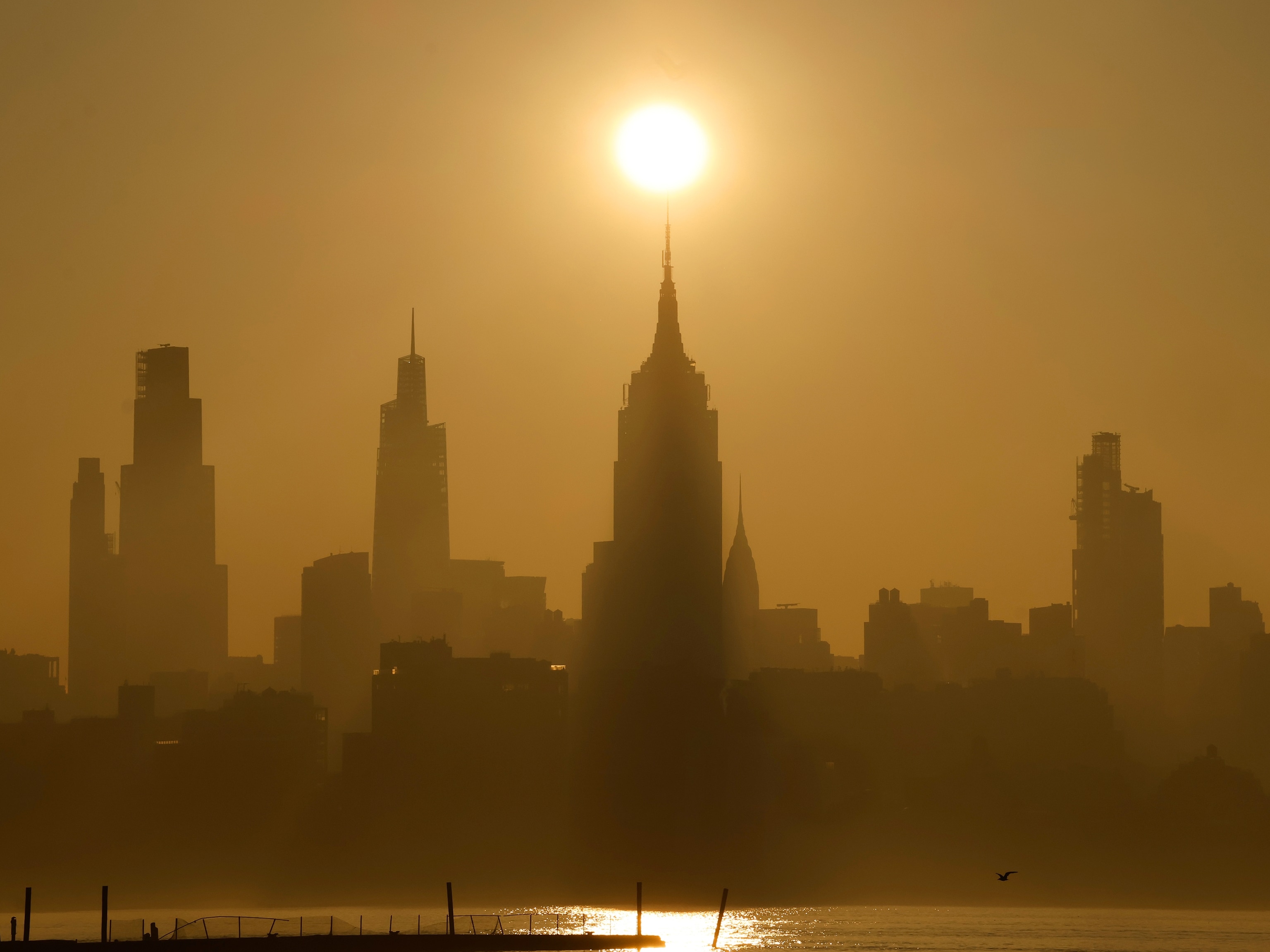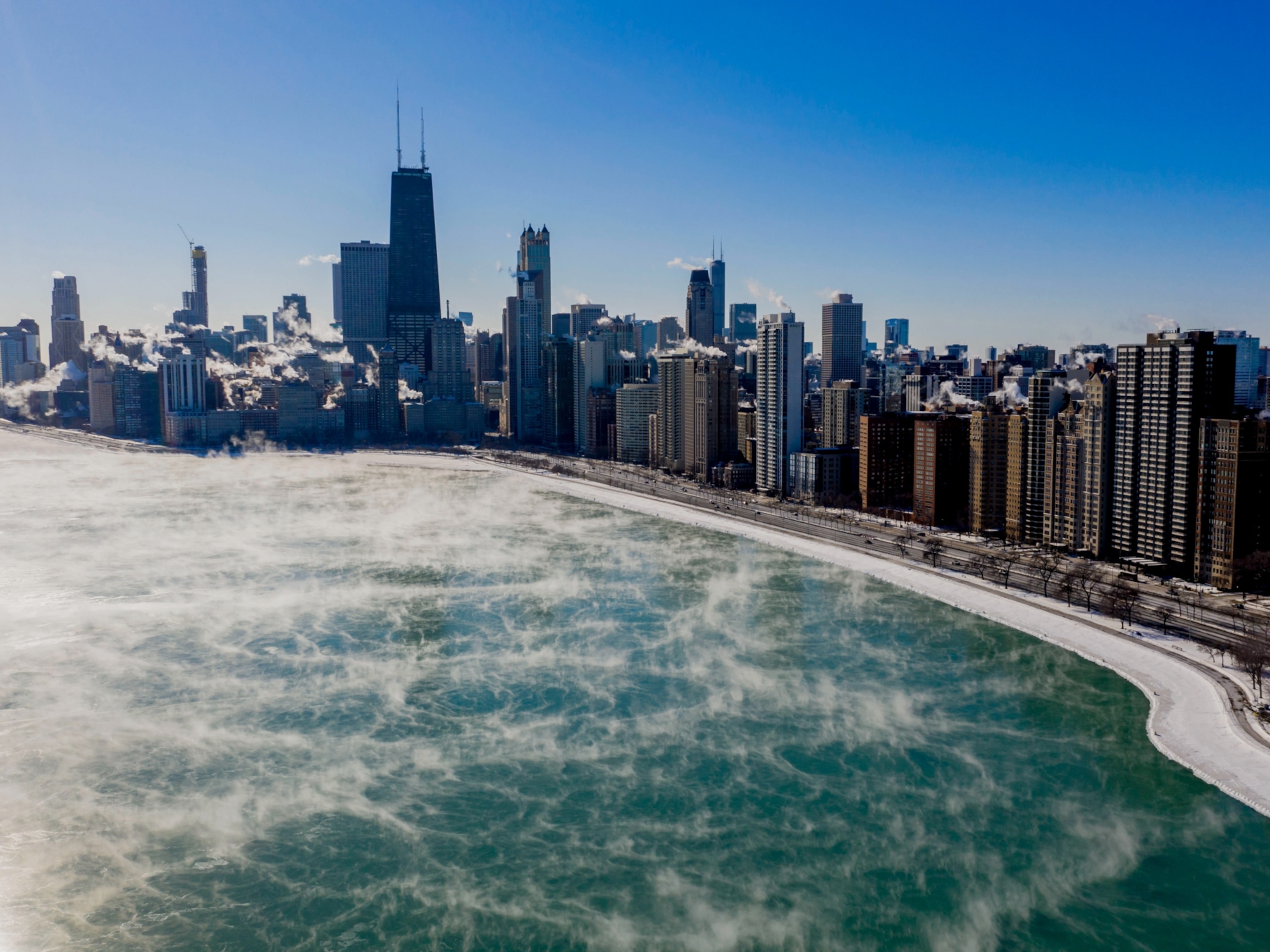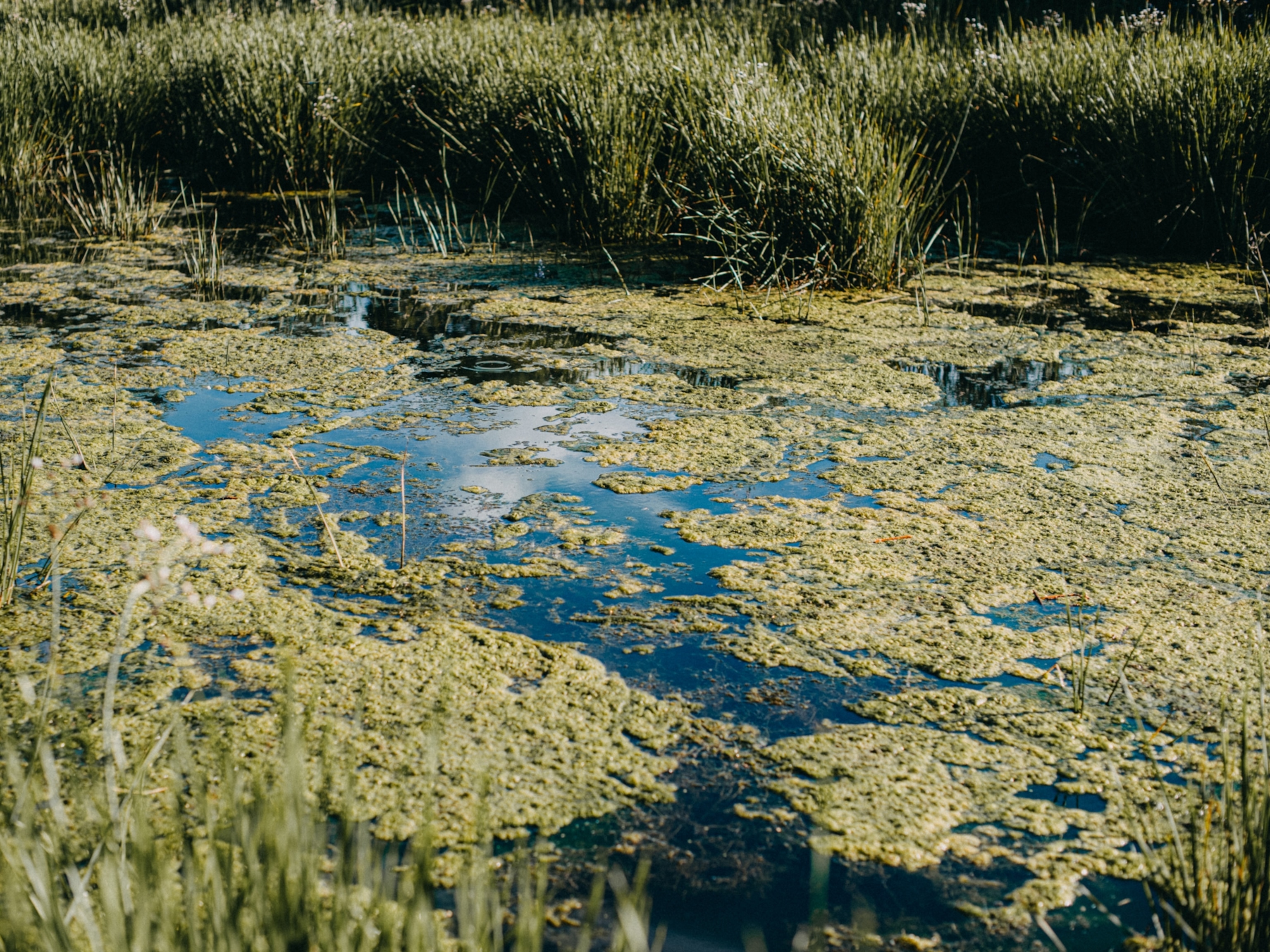
This summer could change our understanding of extreme heat
The record-smashing Pacific Northwest heat wave suggests that climate change has forced us past a threshold for temperatures.
The heat wave that scorched the Pacific Northwestern United States in late June rewrote the record books in ways that were both shocking and difficult to comprehend. Scientists are unsure how best to explain the temperatures, so extreme compared with what meteorologists expect to see in that typically cool, wet region of the world.
In Seattle, Washington, temperatures hit 108 degrees Fahrenheit, 9 degrees hotter than it’s ever been in steamy Tampa, Florida. Portland, Oregon’s 116°F eclipsed Dallas, Texas’s heat record by 3 degrees. Hundreds of miles north of Portland, the British Columbia village of Lytton set a new temperature record for Canada—a Death Valley-like 121 degrees. The next day, the town was engulfed and largely destroyed by a wildfire.
It’s possible the Pacific Northwest simply experienced a very unlucky combination of weather and climate change. But in recent days, some researchers have begun to consider an alternative explanation: Perhaps climate change has set in motion new, as yet poorly understood, processes that are making heat waves that once seemed statistically impossible far more likely.
More work needs to be done to determine if that hypothesis is correct and if so, what the underlying mechanisms are. But if climate feedbacks beyond the warming of the atmosphere have loaded the meteorological dice in favor of events like the Pacific Northwest heat wave, the consequences for human life could be profound, considering that extreme heat is one of the deadliest forms of extreme weather.
In British Columbia, officials reported nearly 500 “sudden and unexpected deaths” around the time of the heat wave. On Friday, the U.S. Centers for Disease Control reported that from June 25-30, hospitals in the Northwest saw nearly 3,000 heat-related visits.
That’s why the scientists who proposed this idea are racing to find answers.
“All of us are slightly shocked” by the Pacific Northwest heat wave, says Geert Jan van Oldenborgh, an extreme weather and climate researcher at the Royal Netherlands Meteorological Institute who is one of those scientists. “We thought we understood heat waves reasonably well. This shows that our understanding is lacking.”
A 1,000-year heat wave
The immediate explanation for the brutal heat that gripped the Northwest in June was a summertime weather pattern known as a heat dome. Within a heat dome, sunshine warms the surface, causing hot air to rise. Eventually, that rising air encounters high pressure that forces it back toward the ground. As the air sinks, it compresses and heats up even further. This process of rising and sinking is repeated over and over, causing the air inside the heat dome to become hotter and hotter.
At mid-latitudes in the summer, heat domes are “the normal way to get a heat wave,” says van Oldenborgh. And while this heat dome was exceptionally strong for the Pacific Northwest, it wasn’t off-the-charts extreme.
The temperatures within the heat dome were another story.
“I think the word for that is astonishment,” says Michael Wehner, an extreme weather researcher at Lawrence Berkeley National Laboratory, when asked for his reaction to new temperature records. “I don’t think anybody believed it could get so hot there.”
It is well established that climate change is making heat waves hotter and more frequent. But to determine how much of an influence the warming climate had on the Pacific Northwest heat wave, scientists needed to conduct a rigorous statistical analysis known as a weather attribution study.
That’s exactly what Wehner, van Oldenborgh, and about two dozen other extreme weather and climate researchers did. Using a published, peer-reviewed protocol, the researchers combined data from long-term weather stations in Portland, Seattle, and Vancouver along with about 20 climate models to explore how the likelihood and intensity of the heat wave were impacted by climate change.
Their analysis, released online earlier this month, shows that a heat wave of this strength would have been “virtually impossible” without climate change. This was not a surprise. “For heat waves that’s pretty standard nowadays,” van Oldenborgh says.
What was surprising is just how hot this heat wave was compared with anything the region had seen before—about 9°F hotter, averaged across the study area. Even considering global warming, the authors determined that a heat wave of this intensity was at most a 1-in-1,000 year event.
“We said it is virtually impossible without climate change,” Wehner says. “But I would have said beforehand it is virtually impossible with climate change.”
Bad luck, or a new normal?
While the heat wave could have been a disastrously unlucky confluence of weather effects and climate change, van Oldenbergh and his colleagues are now exploring the possibility that atmospheric warming made the event far more likely because of “nonlinear” processes that aren’t being captured by today’s climate models.
What those processes might be is an open question. One possibility, van Oldenbergh says, is that the summertime drought zone centered in the southwestern U.S. is expanding north. This would allow more intense heat waves further north, since places with less soil moisture experience less cooling through evaporation as the sun heats the ground.
However, while much of the Pacific Northwest is very dry right now and this likely had an amplifying effect on the heat wave, the most intense heat extremes occurred in parts of British Columbia that received ample rainfall in June. The role of drought “is not clear cut,” van Oldenbergh says. “There are a lot of details that don’t fit the hypothesis.”
Climate change could also be impacting the jet stream in ways that make extreme summer heat waves more likely. A recent modeling paper found that as global warming progresses, heat waves will become more persistent over North America and elsewhere —perhaps due to a more sluggish jet stream that could slow down weather systems. Slower moving heat waves can dry out soils and vegetation more, exacerbating the effects of drought.
This jet stream connection is still a matter of scientific debate, and tying atmospheric circulation changes to any one event like the Pacific Northwest heat wave will be very difficult, says Kai Kornhuber, a postdoctoral researcher at the Columbia University Earth Institute who led the recent modeling study.
“In the long run, a weakened [jet stream] circulation will lead to more persistent summer heat waves,” Kornhuber says. “So in that sense, it’s in line with that expected outcome, but it’s really hard to attribute a certain fraction.”
Various authors on the recent attribution study will be exploring different hypotheses in the weeks and months to come. That includes seeing if the Pacific Northwest heat wave was “compatible with bad luck,” van Oldenbergh says. “You can do that by looking at all the [biggest] heat waves throughout the world and making a statistics distribution.”
Whether or not the recent heat wave was a sign that human carbon emissions have tipped off new heat-amplifying processes in the atmosphere, the severity of the event should be a wake-up call about the climate we’re creating, says Jessica Tierney, a paleoclimatologist at the University of Arizona.
“Knowing what we know about how much warmer the Earth system can get, the fact that we’re seeing these severe events and we’ve only warmed a little over a degree is scary,” Tierney says. “If it’s this bad already, do we really want to go to 3 or 4 degrees above pre-industrial?”








